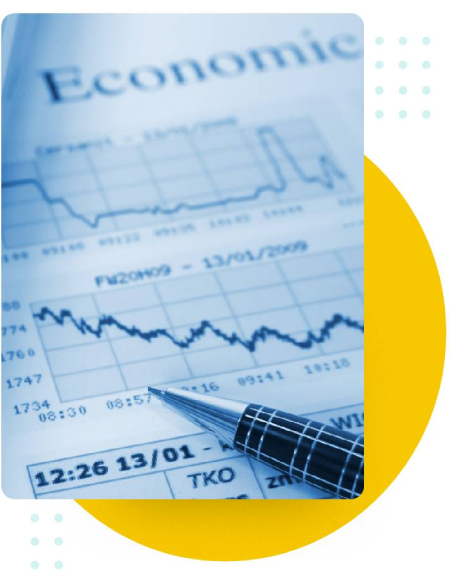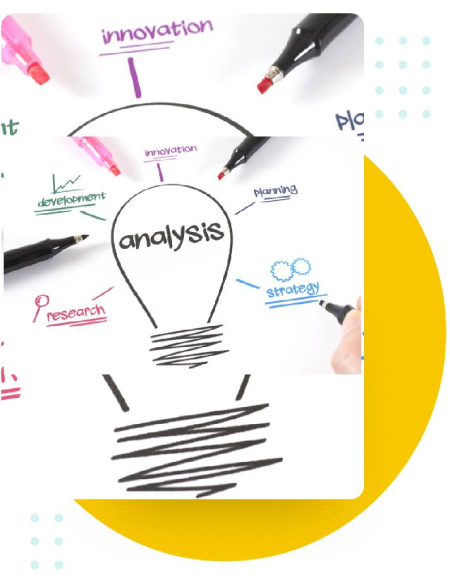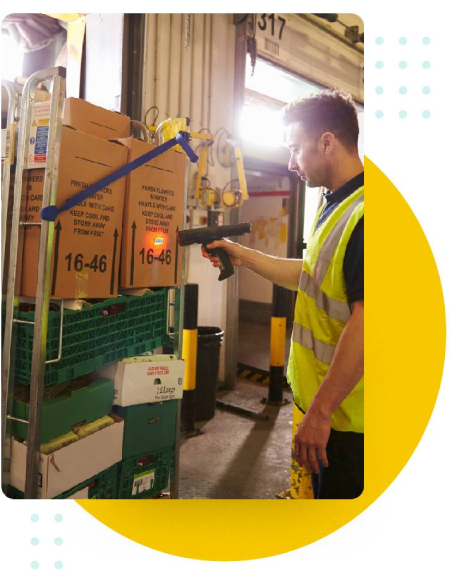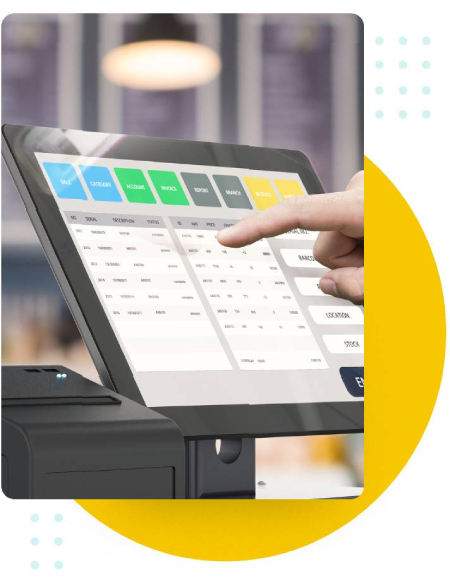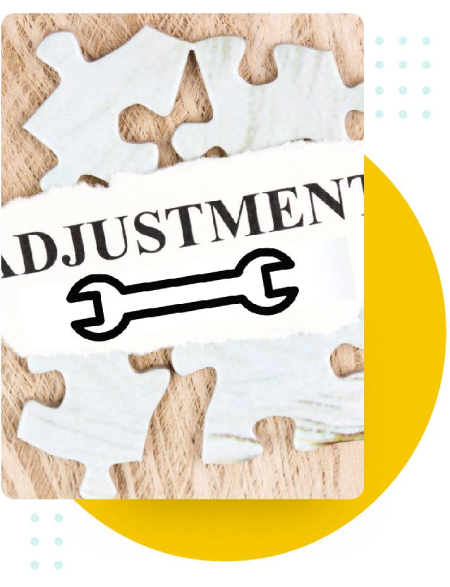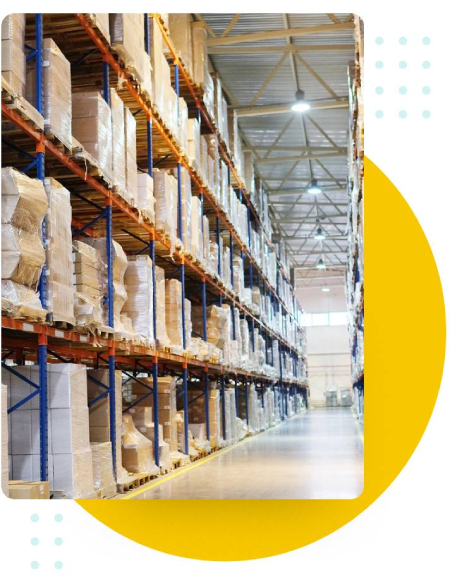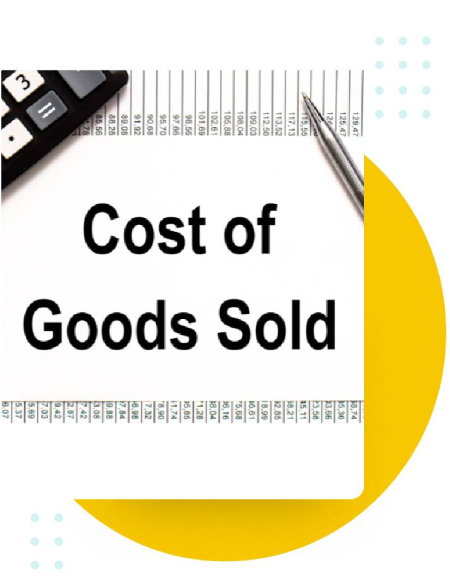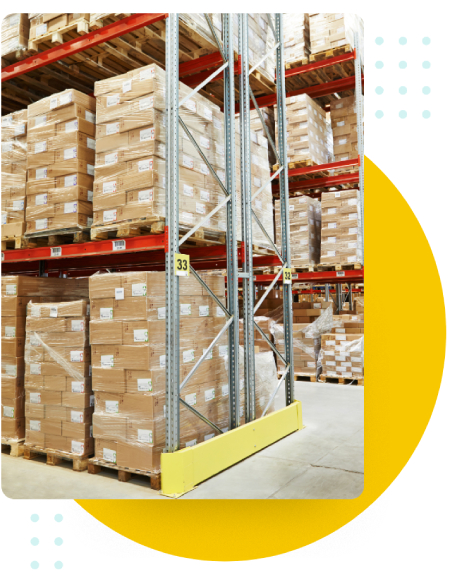So, at this point, we know that a) perpetual inventory management is the need of time and b) it can be made even more advantageous if implemented properly. THe answer to your question “Should I use perpetual or periodic inventory system?” has also been answered. But here’s the thing; unless you manage to find a top-notch, effective software solution, perpetual inventory management can only stay a distant dream for your business.
Therefore, perhaps the most crucial part of perpetual inventory management is that you have to choose the right system – the one that actually helps you make a tangible change to your warehouse and fulfilment procedures.
For this, we have prepared the following two sections. A read through these will help you figure out what exactly it is that you should look for in your inventory management software.
Perpetual Inventory Software Features
First, we’ll take a look at all the features your system of choice should have.
RFID tracking
The first thing to check off your list is RFID tracking. If your software doesn;t support RFID tracking, it simply isn’t good enough. RFID is the future, and all businesses that leverage this technology have witnessed tangible improvements in their operations.
Every warehouse, to some extent, is equipped with QR codes and barcodes. To make sure that you can make yours even more advanced than usual warehouses, you need to use RFID alongside other tagging techniques.
Get a software solution for perpetual inventory management that allows you to implement RFID tracking and scanning for specific tasks. This will help you deal with a bulk of products at once, and can also help you refine the safety aspect of your warehouse.
Regular updates
The whole point of perpetual inventory management is that you can stay in touch with your inventory throughout the fulfilment journey. As such, your software of choice should offer 360 degrees of visibility. The more visibility it offers, the better you can make your processes.
Regular updates will also make navigating your warehouse easier. You’ll know exactly where each product is being moved, which will make it easier for you to access it whenever you want.
Audits to minimise discrepancies
Again, one of the biggest reasons behind choosing perpetual inventory management is that it equips you with the ability to stay in touch with your stock all the time. This also ultimately means that you can eliminate discrepancies from your record all together.
You should go for a software that represents an up-to-date, accurate outlook of your inventory at all times. This means that the need for physical checks is decreased, and it is easier for you to make decisions about your inventory based on a precise account of the inventory activity. Hence, this is one of the most important features of inventory management and should be there in your system as well.
Comprehensive document history
You never know when you will need to tap into your inventory history, so it’s best to go for a software that can help you do that. A feature that saves all your inventory and makes sure your data is accessible in the future is a good addition.
This feature can ultimately not only help you create a comprehensive report out of your activity over the years, but also compare trends from different sales cycles to see where you have improved and where you are lacking.
Safety protocols
Although a cloud-based solution is the only one you should be interested in for multiple reasons, such a software is always at the risk of being hacked, and unfortunately, when something like this happens, there is not much that you can do.
However, by choosing a software that has the right safety protocols in place, you can make it easier for yourself to pick a solution that doesn’t put you or your data at risk. A good perpetual inventory management system will let you configure safety settings and also control all your data by yourself, so that you are constantly assured that everything is on track.
How to Choose the Right Perpetual Inventory Management Software
In addition to the features mentioned above, there are a few other things you should ask yourself before you choose your inventory management system, especially a perpetual inventory management system.
1. What type of a business are you?
Are you a small startup or an enterprise-level corporation – or are you somewhere in between? Are you a retailer or an eCommerce vendor? What’s your target audience? The answers to these questions define you as a business and can help you get to the right perpetual inventory system.
For example, a large manufacturing business would have considerably more complex inventory than a startup eCommerce venture’s inventory. It is according to your specific needs that you should decide which inventory management system to go for.
2. What are your goals?
The next important question has everything to do with your goals. In this regard, you need to list down all the challenges you face as a company, as well as all the objectives you would like to meet with your operations. This will give you a pretty good idea of what exactly it is that you are looking to achieve with your inventory management.
For example, your goals could have to do with increasing customer satisfaction. For inventory management, it would mean that you have to focus on increasing your delivery times and exercising better quality control.
3. Are you willing to train your employees?
Although a perpetual inventory management system is meant to grant you full control of your inventory management solutions, it is unwise to not get any help from your staff when it comes toi inventory management. I mean, it’s pretty obvious that good inventory management is not a one person’s job, and there needs to be effort from the whole team.
The question that you must ask yourself, however, is whether your team can deal with extensive training or not. If you find that this would not be possible considering the amount of responsibilities they already have, you would want to go for an inventory management system that is too technical to understand, and comes with relevant, easy-to-read user guides that can help you navigate the software better.
4. What’s your budget?
For most businesses, this will be the ultimate deciding factor on whether or not an app is the best fit for you. There are many perpetual inventory systems in the market, and you are likely to find more than one option for something that perfectly aligns with what you are looking for – yet, you need to keep your budget in check.
Of course, you can’t go beyond a certain amount for inventory management. However, it is good to remember that a perpetual inventory system is essentially an investment, and if you have to pay a little extra for some important features, you should definitely consider it because trust us; it will prove worthwhile in the long run!
Canary7: The Best Perpetual Inventory Management Software
Now that you are here, why don’t you try Canary7? It is equipped with all the important features we have discussed in this guide, and will streamline your inventory management processes like never before. All in all Canary7 is a perpetual inventory system example that will help you not only increase sales, but also boost customer satisfaction.
Conclusion
Perpetual inventory management is an advanced way of staying in touch with your inventory, identifying any gaps that need to be fixed, and taking the right steps to ensure that your inventory is on track in terms of turning your business into a success.
However, in order for perpetual inventory management to actually be a part of your business – you have to invest in a perpetual inventory management system that can help you implement it properly. Luckily, Canary7 is here, and we are all ready to help you prosper!
But hey, don’t take our word for it! Instead, book a free demo and see what we are talking about.

